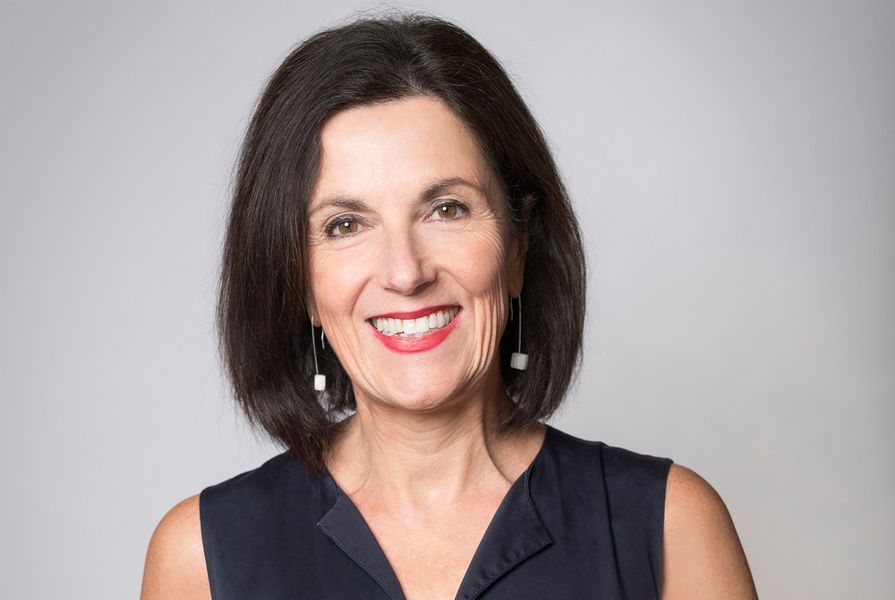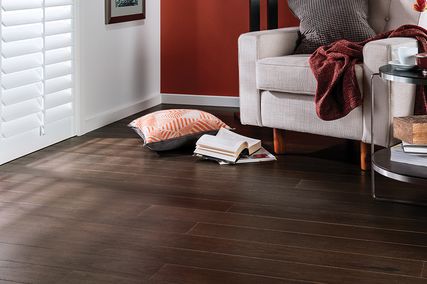The Australian Institute of Architects is undertaking a number of key initiatives: the first part is getting our own house in order, the second part is advocating to government in terms of policy and procurement and what they need to do, and the third part is educating the consumer public so that they can be good clients and demand better outcomes.
We have established a Climate Action and Sustainability Taskforce. We had more than 80 submissions from highly credentialed people from large practice, small practice, very active members of Architects Declare, people in government working in policy, right through to academics and researchers who are very well known in their fields.
The taskforce, as a brains trust, will work through what we need to do as practitioners, what governments need to do in terms of policy and procurement, and what clients can do in terms of better procurement practices. We will be providing toolkits to help clients actually live better in their own houses and also educating the consumer public in terms of how to have a more sustainable environment.
We will also be looking at our award programs so that we don’t just have a sustainability award; [instead], we will have a baseline point of entry for all awards. Design excellence is about designing sustainably and responsibly.
That will be something that we will need to work on in the next few years because it will take some time to change practice. It will also involve benchmarking what buildings were briefed at and what they ended up being built at, including some gap analysis of what the aspirations were and what ended up getting value-managed out. That will be a pretty relevant piece of research because it will allow us to advocate to government and to the industry as well.
What we need is a two-way conversation where the community, industry and government demand more sustainable construction – and architects will rise to the occasion. They already do, when given the challenge. We need to make it not “best practice,” but “expected practice.” Architects are capable and architects can do much more than they’re doing today.
We need to be part of the public debate to influence change. That’s a role the Institute can play. But it’s also the responsibility of each and every practising architect to educate their clients – and to sometimes not take the clients who don’t want to do the right thing. But that’s not always an economic decision that people can make.
If we do all those things, if we provide all the toolkits for our architects, if we educate our clients in terms of what they should expect and what the benefits of more sustainable construction and more sustainable buildings can be, and then we advocate for better policy, better procurement and better standards to raise the baseline holistically, then we will have an ecosystem which supports a more sustainable future.
Read more interviews and articles from the climate and biodiversity emergency series.
















